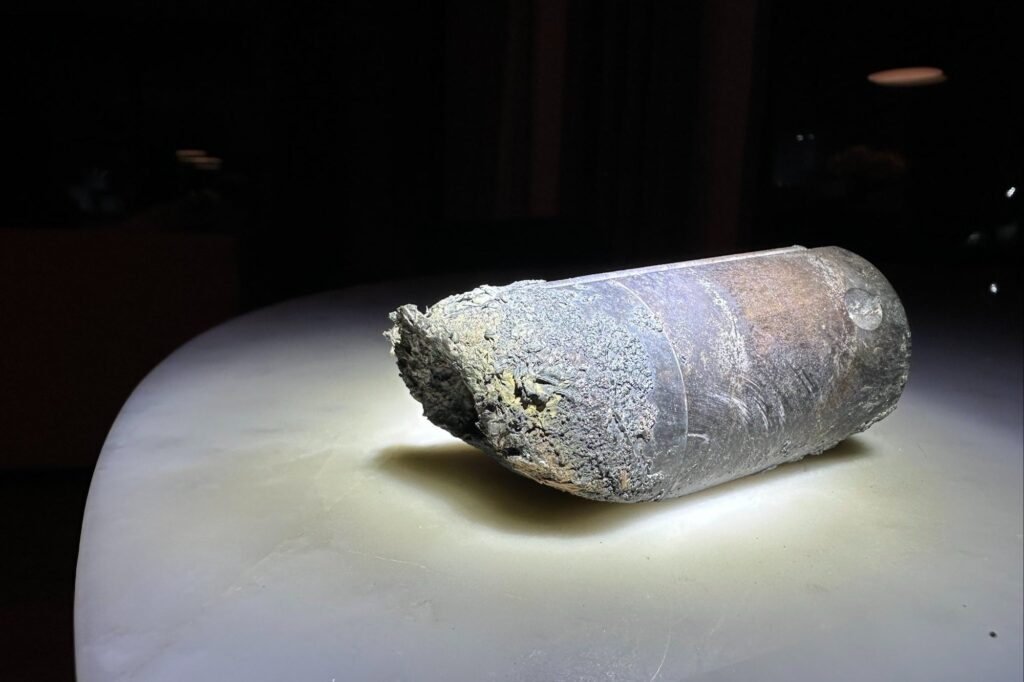One month after an object crashed through the roof and two floors of a home in Naples, Florida, NASA published the results of what the object really was — and why it unexpectedly fell from the sky.
The object. Credit: Alejandro Otero
NASA stated that the object was space debris, a 1.6-pound piece of a bigger 5,800-pound pallet containing old batteries that the agency released from the International Space Station three years ago. The pallet was supposed to burn up as it entered Earth’s atmosphere in March, but a small piece survived and impacted the Florida home.
The homeowner, Alejandro Otero, allowed NASA to collect and analyze the sample after attempting to connect with the agency through a post on X, formerly Twitter, last month.
Hello. Looks like one of those pieces missed Ft Myers and landed in my house in Naples.
Tore through the roof and went thru 2 floors. Almost his my son.
Can you please assist with getting NASA to connect with me? I’ve left messages and emails without a response. pic.twitter.com/Yi29f3EwyV— Alejandro Otero (@Alejandro0tero) March 15, 2024
Otero posted footage of the sounds of the crash as captured by his home security camera.
Yes
Friday March 8th, 2024 at 2:34pm
Here’s a clip from the sound of it crashing into my roof with a timestamp https://t.co/liP0cPQsTt— Alejandro Otero (@Alejandro0tero) March 16, 2024
NASA found that the debris was made of Inconel, a metal known for its ability to withstand high temperatures.
The International Space Station will investigate why the debris failed to burn as it should have and update its engineering models according to what it finds, NASA stated.
The agency affirmed its commitment to “responsibly operating” and decreasing the risk to people on Earth when it has to release objects from space.
Related: A Former Disney Star Just Launched a Space Startup With $6.3 Million in Seed Funding
Space junk, or man-made debris in orbit around the Earth, is a problem — not only can debris travel 10 times faster than a bullet, but there’s also a lot of it. Around 44 tons of space debris hits Earth’s atmosphere every day, and while 95% of it burns up, NASA documents that over the past 50 years, an average of one piece of debris fell back to Earth per day.
The Aerospace Corporation estimates that the risk of injury due to falling space debris is less than one in a trillion, but cautions that the potential impact of even a small piece of debris can be noticeable. A blueberry-sized piece of debris, for example, can cause an impact comparable to a falling anvil.
Florida isn’t the only state to see the recent presence of space debris — residents in Southern California spotted a fiery streak of light in the sky earlier this month that the U.S. Space Command confirmed was falling debris from a spacecraft.
Related: Richard Branson Sounds Alarm on Space Tourism
Read the full article here












